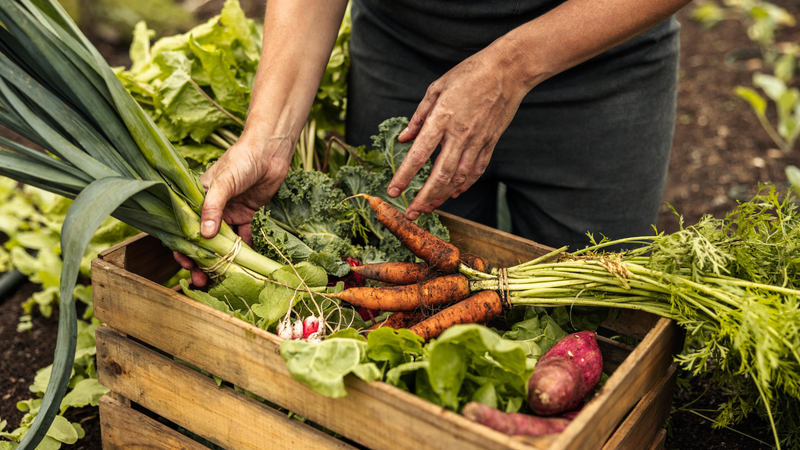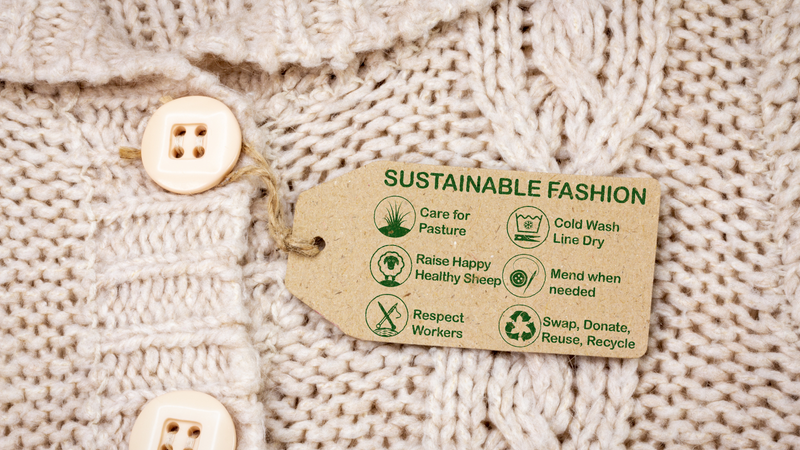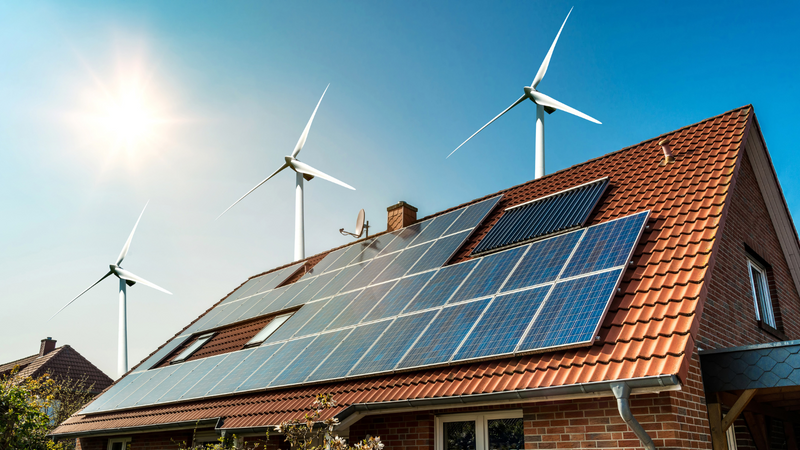Snapshots
Sustainability is an important tool in fighting global warming and is also the best way to make sure we preserve the planet for future generations. By embracing sustainability, we can minimise the impact pollution has on the environment. Global warming is becoming a major cause of concern and it should inevitably be curbed. When we turn to sustainability, we automatically reconsider our life choices, right from our daily habits to the products we buy.
Sustainability also includes eating a plant-based diet or reducing meat consumption, supporting local and sustainable agriculture practices that give more importance to soil health and biodiversity further promoting sustainability. It is vital to educate our youth about sustainability and the zero-waste lifestyle. They need to be taught that by embracing sustainability, they are helping control global warming and protecting our planet. By incorporating sustainability in consumption, energy use, transportation, and food choices, and promoting awareness, we can make a significant impact. Sustainability is the only solution for a greener, cleaner planet.
But, what are the different ways to embrace sustainability?
1. Sustainability in food

For those interested in embracing sustainability at the ground level, making sustainable food choices is a great idea! This involves choosing foods that are good for both the environment and our health. But how do you do that in simple steps? Here's how:
- One way to do this is by eating more fruits and vegetables, as they require fewer resources to grow compared to meat.
- It's also important to choose locally grown and seasonal foods, as they reduce transportation and support local farmers.
- Adding plant-based foods is an easy way to consume sustainable food.
- Avoiding excessive packaging and opting for reusable containers is another way to reduce waste.
- Finally, reducing food waste by only buying what we need and properly storing leftovers is crucial.
By making these small changes, we can contribute to a healthier planet and a healthier us.
2. Using sustainable energy sources

To incorporate sustainability into your life, use sustainable energy sources! Sustainable energy sources are ways to generate power that are good for the environment and don't run out. But, what are the different ways to do that? Here you go:
- One example is solar energy, which comes from the sun. Solar panels collect sunlight and turn it into electricity.
- Another source is wind energy where windmills create electricity.
- Also, hydroelectric power is made by using water flowing through dams to generate electricity.
- Biomass energy comes from plants and animal waste.
- Geothermal energy uses heat from the Earth's core to produce power.
Using these sustainable energy sources helps to reduce pollution and protect the planet for future generations.
3. Sustainability in commuting

Sustainable transportation means using ways of getting around that are good for the environment without increasing carbon emissions. It sounds tough but there are simple ways of doing this and implementing small changes in our life, like:
- One way is by walking or biking instead of driving a car. This reduces pollution and keeps us healthy.
- If we need to go far, using public transportation like buses or trains is a good choice because it can carry many people at once.
- Electric vehicles are another sustainable option because they don't produce harmful emissions.
- Sharing rides with others or carpooling also helps reduce traffic and pollution.
By choosing sustainable transportation, we can protect the planet and make our communities cleaner and greener.
4. Sustainability in fashion

Sustainable fashion is a fast-rising movement that keeps in mind the environmental impact of fashion and has many sustainable living ideas to offer. Some ideas are:
- Sustainable fashion also highlights the importance of consumer awareness and education. By understanding the impact of their choices, consumers can make informed decisions and support brands that prioritise sustainability.
- Recycling materials is an essential part of sustainable fashion, as this helps reduce the demand for new resources.
- Furthermore, sustainable fashion promotes responsible sourcing and production.
- Supporting local and independent designers who prioritise ethical and sustainable practices is another way to contribute to the movement.
Sustainable fashion seeks to transform the industry by promoting environmentally friendly and socially responsible practices. Through reducing waste, responsible sourcing, innovative design, and consumer awareness, the fashion industry can strive towards a future that prioritises the zero-waste lifestyle.
5. Sustainability in homes

A sustainable home is one of the best sustainable living ideas to adopt. It is a dwelling designed and built with a focus on minimising its environmental impact while maximising energy efficiency and resource conservation. It encompasses various aspects, including architecture, materials, energy systems, and lifestyle choices. To create a sustainable home, architects and builders incorporate principles of passive design, utilising natural lighting, ventilation, and insulation to reduce energy consumption.
6. Water conservation in sustainable homes

Water conservation is also crucial, with features like rainwater harvesting systems, low-flow fixtures, and greywater recycling. Sustainable home prioritises waste reduction and recycling by implementing strategies for proper waste management, composting, and incorporating recycling facilities on-site. Furthermore, a sustainable home promotes a zero-waste lifestyle by encouraging eco-conscious habits like composting, gardening, and mindful consumption, thus contributing to the fight against global warming. Creating a sustainable home is not just about the physical structure but also the way it supports the occupants' well-being. Considerations for indoor air quality, natural lighting, and the use of non-toxic materials contribute to a healthier living environment. It serves as a model for zero waste lifestyle and inspires others to adopt similar practices in their homes and communities.
7. Sustainability in travel

Sustainable travel, also known as eco-friendly travel can go hand-in-hand with plenty of sustainable living hacks. Tourism has a great role in global warming. It involves minimizing the negative environmental, social, and cultural impacts of tourism while maximizing the positive contributions to local communities and the environment. Sustainable travel focuses on reducing carbon emissions by opting for eco-friendly transportation methods such as trains or buses instead of flights when possible. It also involves staying in accommodations that have sustainable practices in place, such as using renewable energy sources, minimising water usage, and supporting local businesses.
Responsible travellers seek to support local communities by engaging in cultural exchanges, respecting local customs, and contributing to local economies by buying locally-made products and supporting local businesses. They also prioritise visiting protected areas and natural sites responsibly, ensuring they leave no trace and adhere to environmental guidelines. Education and awareness play a crucial role in sustainable travel.
By learning about the local culture, history, and environmental issues of the destination, travellers can make informed choices and engage in activities that have a positive impact. Ultimately, sustainable travel aims to create a positive and lasting change in the way people experience and engage with the world, promoting a more sustainable and responsible approach to tourism that respects and preserves the natural and cultural diversity of our planet.
AlsoRead1
8. Embracing a sustainable lifestyle

A sustainable lifestyle helps prevent global warming. It is a conscious way of living that prioritises sustainable living hacks to give way to a healthier planet. By staying informed about environmental issues, learning about sustainable practices, and sharing knowledge with others, individuals can inspire positive change and collectively work towards a more sustainable future. A sustainable lifestyle is about making conscious choices that prioritise environmental responsibility, resource conservation, and ethical considerations. By adopting sustainable practices in various aspects of our lives, we can contribute to a healthier planet and create a more sustainable future for generations to come.







